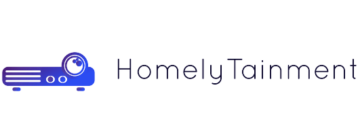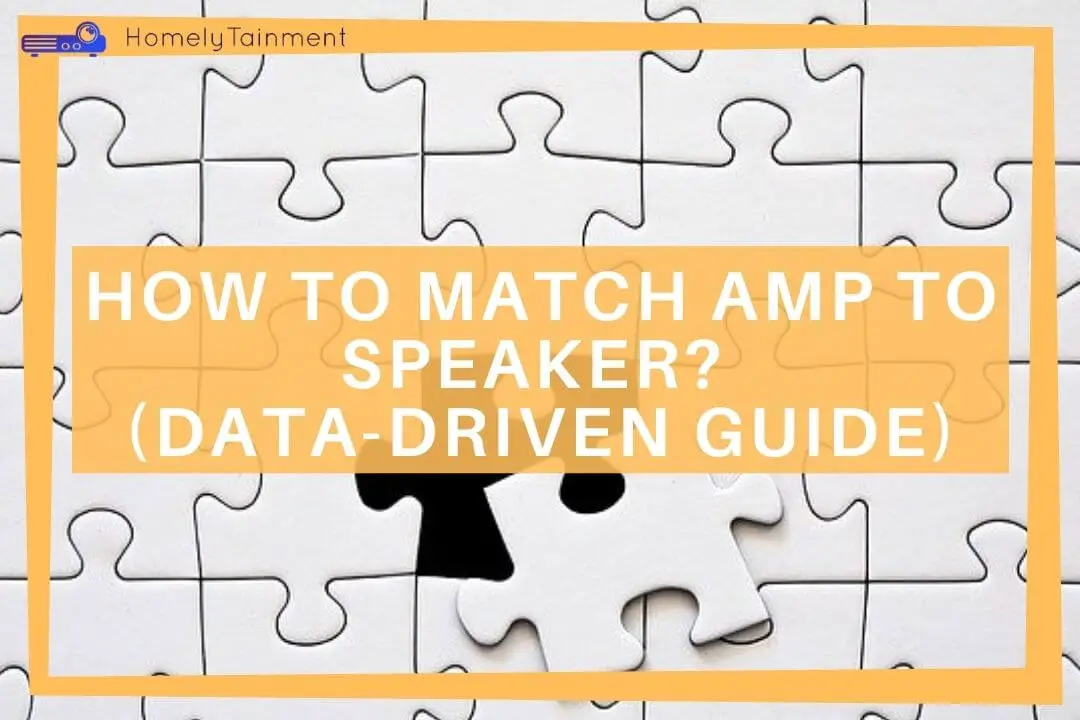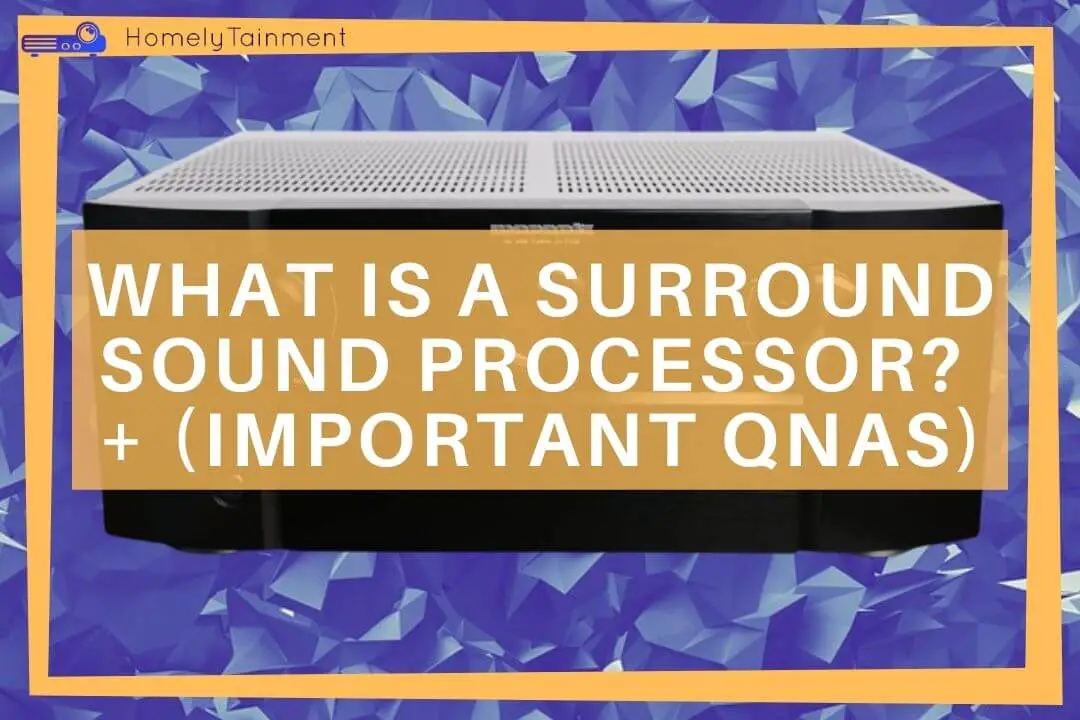
Homelytainment earn commissions (at no additional cost to you) if you purchase products from retailers after clicking on a link from our site.
Matching preamp and poweramp is a little technical thing to do. It is a little higher-level of a task for intermediate-level home theater owners. That’s why I will try as hard as possible to explain it in easy and less technical words. So, how to match a preamp and poweramp?
At A Glance: As a general rule to match preamp and poweramp, the preamp should have a minimum of 11 times lower output impedance than the amplifier input impedance and should have balanced outputs for the balanced inputs of the amplifier or vice versa.
This was a general rule of thumb to match them both. But keep reading as we will discuss common matching problems and mistakes. Avoiding these mistakes will give you a nice home theater experience.
What are the most common mistakes of matching preamp and poweramp?
In-Short: The most common mistakes of matching preamp and poweramp are ignoring the amplifier’s input sensitivity and not delivering enough volts of signal to it from the preamp and using a converter for connectivity.
In-Depth: Let’s suppose, You have found a preamp that is having a minimum of 11 times lower impedance than the amplifier. The amplifier can have a higher impedance of more than 11 times, like 100 times. 100 times will be even better. So, connecting this preamp to the 11 times higher impedance amplifier will not solve the problem.
- Many newbies to the separate world make this mistake in that they match the impedance but completely ignore the amplifier’s input sensitivity. Due to the watch, the amplifier sends clipped signals to the speakers. As a result, the speakers make a “pop” sound while playing the sound and produce huge heat rather than providing clean signals.
How To Solve? You have to check the input sensitivity of the amplifier. If you are using XLthenan check XLR based or for balanced audio input sensitivity of the amplifier or check for single-ended (RCA) input sensitivity. If it is 2 Volts then you need a preamp that can deliver the output signal of 2 volts or higher. I will recommend a little higher, like 3 volts, 5 volts, or 6 volts will be better. Then the amplifier and speaker’s health will be in good shape.
Know how to avoid more common home theater mistakes like this from my special guide.
- Many intermediate home theater owners or online forums will suggest using a balanced to a single-ended converter to match the input and output of the preamp and amplifier. Well, this is not advice that I will go after or I will suggest. This will always affect the audio output quality of the amplifier. Your home theater sound will not taste as it should. All your investing in Dolby Atmos or DTS:X audio and HDR and 4K video will go in the vein by just using one thing and that is a converter. So, always avoid this.
How To Solve? You have to always get a single-ended output preamp for the single-ended input amplifier or vice versa in the case of balanced audio inputs/outputs. This will not give a chance to an opportunity to use a converter in the first place.
Know, how to optimize the home theater audio from my this guide. I have put up those points that no one is talking about.
How do I choose a preamp?
In-Short: The choice of a preamp is directly affected by the specs of the amplifier you have or you are going to get. The preamp should be able to deliver the input sensitivity, input options, and impedance needs of the amplifier.
In-Depth: The right preamp is one that can deliver the needs of an amplifier and the wrong will be that can’t.
No matter how best the preamp is. Its build quality might be the best on the market. Its line-in signal refinery might be the best. But if it can’t deliver the required needs of the amplifier then this is not the right thing for you, my mate.
Go and first match these three specs of the preamp with the specs of the amplifier. After that, choose the preamp. It should be a checklist for you.
Pro Tip: Try to get the preamp and poweramps from the same brand. Because each brand’s engineers try hard so that their products work smoothly with each other. But two things are important, the brand should be better or best and the specs of the preamp and amp should match.
Read my guide about the best preamp for home theater. You will also know which properties make a preamp the best.
Conclusion
Typically I don’t write conclusions for articles but I think writing one for this article is a must to have. Because I should give an overview of the three specs to you. So, you should follow them as a rule of thumb or checklist for matching.
- Preamp & Amp impedance matching
| Preamp Impedance | Poweramp Impedance | Matching Right Or Wrong? |
|---|---|---|
| Not have 11 times lower impedance than the amp | Not have 11 times higher impedance | Wrong matching |
| Have 11 times lower impedance | Have 11 times higher impedance | Right Matching |
The impedance input of the amplifier should be 11 times higher than the impedance out of the preamp. More is better. 20 or 100 times higher impedance of the amplifier than the preamp will be better. But make sure the preamp is delivering enough.
Read my these 13 tips to improve the home theater audio and video. You will experience a different theater after it.
- Poweramp & Amp input sensitivity matching
| Preamp Output Voltage | Poweramp Sensitivity | Matching Right or Wrong? |
|---|---|---|
| 1.2 volts | 2 volts | Wrong |
| 2 volts or higher | 2 volts | Right |
The poweramp input sensitivity should be delivered enough by the preamp. It is usually 2 volts. So, the output signal of the preamp should be 2 volts or higher to make sure the match works fine.
- Preamp & Amp Inputs/outputs matching
| Connections Type | Matching Right or Wrong? |
|---|---|
| Using a converter for XLR to RCA or Vice Versa | Wrong |
| Preamp XLR with amp XLR or RCA with RCA | Right |
If your amplifier is having RCA single-ended inputs then you need a preamp that has RCA single-ended outputs. But if an amplifier is having XLR-balanced audio inputs then you need a preamp that has XLR outputs. Don’t go for the converter.
Know how to properly place the speakers in home theater for the best experience from my this guide.
Did you get something out of this preamp matching guide? Hold On We Have Something Exciting To Share.
[the_ad id=”4771″]FAQs
What is the difference between preamp and poweramp?
I don’t want to get into the technical stuff because it will make it harder to understand. But if you want then comment below and I will write a complete article about it.
So, what’s the difference? The preamp refines a coming signal to a shape that can be used by an amplifier while the amplifier amplifies this signal further so that it can drive speakers very well.
This is the main and foundational difference between preamp and poweramp.
Can I use a preamp without an amp?
You can use a preamp without an amp in case your speakers are having their amplifiers built-in. Otherwise, you can’t use a preamp without an amp.
The whole function of a preamp is that it should deliver more refined signals to the poweramp. If there is no poweramp then there is no job of a preamp. Then the preamp will go jobless. Preamp should start hunting for a new job on Houston roads and streets.
Why is a preamp necessary?
Preamp delivers refined signals to the amplifiers and if amplifiers don’t get refined and digestible signals then it will further transfer these signals to speakers. In this way, the sound will not be fuller, more natural, and more immersive without a preamp in the chain. Also, the speakers will age faster.
This is why a preamp is necessary to have fuller, more natural, and more immersive sound with realism and healthier speakers that will last for longer.
Helpful Resources For The FAQs To Read More
- For more detail and in-depth difference analysis, read my this guide What Is The Difference Between A Preamp & A Power Amp? + FAQ. (Resource for the first answer)
- This is was my opinion, read more about it from Marantz Blog. (Resource for the third answer)




